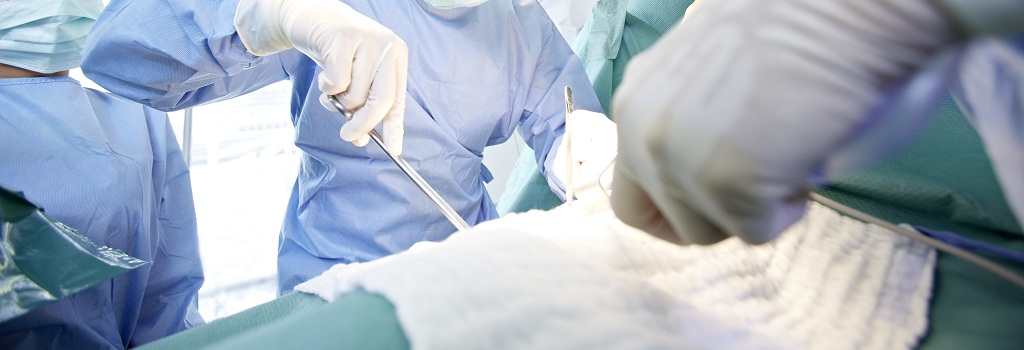
Opting for Single Incision laparoscopic surgery?
May 20, 2016During years of my training as a surgeon, I was told to learn the “art of surgery” as best as I can and as best as my ‘Teachers’ do. To me, the ultimate goal was to learn the knotting technique, the retraction technique, the suturing techniques, as best as my teachers. I was always told that, the art of surgery has been perfected over the years to the extant that there was no need for even try to innovate. I remember the days of my Masters program when I wanted to learn a one stage “Surgeons knot” and during one of these session my Professor walked up to me with a mocking smile on his face and just petted on my back, he liked me but liked surgery better and thought, nothing could improve it further. Even the thought was a crime!
Years later, I have realized that nothing could be further from the truth. I would have died had I not innovated. I have gone from Open, long and painful surgeries to laparoscopic surgeries and then to “Single Incision laparoscopic surgery.”
Why did I do that? As if, the change in basic art of surgery was happening when I was growing. The revolution was on, only that my teachers in the medical college did not notice it! We as a generation were the lucky ones to have the maximum benefit from this revolution, we saw our teachers try and learn the art and failed many a times. It was as if you were watching your father try to ride a cycle and fall a number of times, only to stagger finally to be able to ride it with many a flaws.
Today, anything is possible. My teachers would have choked on seeing Dr Michel Gagner do a Laparoscopic Whippels or a hepatic resection!
Hold on! there is another revolution on the cards…. ‘The Single incision surgeries’…. The art of Single incision Laparoscopic surgeries hold many promises i.e., better pain relief, better scars, lesser stay in the hospitals. Then there are tremendous pressure of the companies who sell the instruments for this form of surgeries.
The truth is that, these surgeries indeed hold a lot of promise but have little application at the moment. Not all surgeries eg all gall bladder surgeries can be done through this technique. These surgeries are costlier as it involves special instruments to do them. But the most important, and which disturbs me most is the ‘non standardization’ of these techniques making the patient more vulnerable to technique related injuries.
At this moment, I think we need to keep our head on our shoulders and wait for the technique to be standardized and see the results. As for me, I have had some wonderful results with the technique without the special instruments and the special ports but have done a through case selection.
Like I said, I would have died if I had not innovated!

